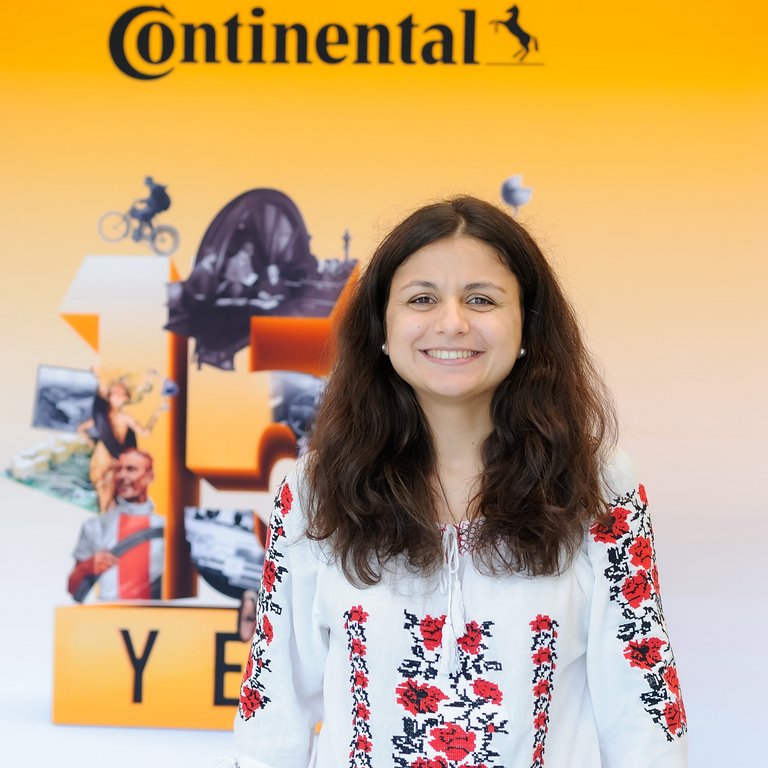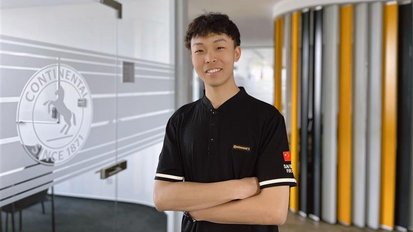Leadership during pandemic – Key lessons learned
Leadership during pandemic was and still is a challenge for me. With an increased inflow of mails, calls, and meetings, how can you focus also on the leading people, leading project, stakeholders’ management, and strategic work? How can you continue to develop a performing team while having less visibility on their daily work and interactions? And how can you be prepared for all the changes that don’t seem to stop coming? This article is about some lessons I’ve learned so far. And I keep learning.
#1 Build additional relational capital, not only consume it
To work effective as a team, we must be able to rely on each other, to be open with our strengths and weaknesses, to have the confidence to speak up without fearing judgement. In one word: Trust. And trust cannot exist without a relational capital between us. And a performing team cannot exist without trust.
Relationships were easier to build when working in the office. I could have gone to a colleague’s office and offered to work with him / her on a problem, I could have joined an impromptu discussion regarding topic X of interest to me or just enjoy some laughter during breaks or lunch with my team, etc. All these actions build relational capital. Of course, we took that relational capital with us when we started working from home during pandemic lockdown. The question is what happened further.
Did we only consume? For some teams, there is harmony, but is it natural? People might not have the courage to request a colleague’s help, they don’t debate on a technical decision, they do their individual contribution instead of fighting for those collective results. This might lead to individual disengagement on medium – long term.
Did we also add? Fortunately, most leaders, including myself, focused on building additional relational capital. Some examples of concrete actions would be: pair work between colleagues, virtual breaks, meetings with camera on, office days, team events, more knowledge sharing activities (inside team or even between teams in the same project), more one-to-one meetings.
#2 Manage time more intentional than before
This may sound counterintuitive at first. I was able to deliver just fine in the past and the same applied for my team. Why would I change it? Because the context changed and the pressure on your time, on your team’s time is higher than ever. And if you want to reach the highest potential of yourself and your team, you need to be more intentional with time.
In the office, everyone had visibility that we’re working. At home, most of us felt – or still feel – the need to compensate for this lack of visibility by fast response to any mail, chat message, impromptu call etc. This ‘always available’ behavior creates unrealistic expectations and affects work-life balance. Thus, time management has become more important than ever. A leader must approach it from two directions: for the team and for himself / herself.
Time management for the team must include meetings with known recurrence in which the team is able to make visible their results, their struggles, their needs. It doesn’t matter what type of meeting it is if it allows open communication, brings visibility, builds shared commitment, allows us to track results and to adapt together to reach them.
Don’t get me wrong, please. I’m not talking about banning the impromptu discussions of any sort. We still need them. By discussing a topic in an appropriate meeting, I can ensure that the information reaches all the interested parties. Or maybe somebody needs to prepare a topic in advance and an impromptu call might not bring the results I’m searching for. My experience shows that this structure in team meetings usually reduces interruptions in our daily work. Thus, making us more productive.
The similar applies to own calendar, the leader’s calendar. When do I do my work if all my 8 working hours are spent in team meetings and in responding fast to any request? When do I get to also do the more strategic part of my work? Unfortunately, the most frequent answer is: in my personal time. To avoid this answer, I, as a leader, must be even more intentional about my time. I must focus more on setting the right priorities for my day and I must block some hours for productive work, in which I avoid interruptions as much as possible. Of course, it is extremely hard to do. I am still struggling with it. But just think of the alternative. Where will your team be 1-2-5 years from now if you’re only reacting to what comes your way and the proactive actions are never done?
#3 Improve continuously
Changes come faster than before – some as pandemic results, some as business context changes, some as career or life decisions from people. A change is like a wave. If properly used, it can propel us further. Or it can throw us down if we refuse and fight it. That is always a choice. The only way to be ready – as ready as you can be for a change – is to improve continuously. As team, as leader, as individual. Or as one of my favorite key messages from the Iași Agile transformation says: “Fail fast! Learn fast! Adapt fast!”
For example, the greatest challenges in 2020 for my team was entering a project in a completely different portfolio. The change was multidirectional: new specifical technical knowledge was required, the processes were different, the split of responsibilities between us and other teams was not very clear, all of counterparts were new to us – some we discovered while working, the collaboration within the project was difficult. And all these just few months before start of production which is always a high-pressure moment. What helped was that we were a performing team, a stage we worked hard to get to. Also, each of us had a growth mindset, the willingness, and the trained muscle for learning new things and adapting. We also focused on building connections within the new system to collaborate as efficient as possible.
As a leader, I have an eye on also improving the process. For example, the integration of new colleagues needed to be improved for an onboarding done mostly or even entirely remote. The new colleague needed to have a more detailed view than before regarding the responsibilities and expectations from him / her on that role and project. Some of the onboarding presentations were recorded. Recurrency for one-to-one discussions increased in order to provide a context for visibility on new colleague’s work and to be able to adapt as soon as possible while also building trust and open communication. Not only with the leader, but also with the technical mentor. I also started working more on my communication skills in remote. I use inquiry more often since I can rely on my interlocutor’s body language to provide me more information.
As individual, the greatest change was for people transitioning from a technical position towards a leadership one – Product Owner or Scrum Master, for example. As a leader, I worked with such colleagues to clarify the new role, the resources at their disposal and the expected results. And then provided guidance – for some step-by-step guidance, for others only during a leap. Their willingness to improve and openness to feedback, to guidance, to advice were key elements for success.
On top of all that, here comes... organizational changes. They usually affect all three dimensions: team, leader, individual. The only key ingredient for success I know so far is to focus on seeing the opportunity they bring. And to also imprint this mindset on your team. I, as leader, focus on bringing as much clarity to my team as possible, while also respecting confidentiality of the info I have access to. I want to build open communication with people while working on bringing to life the opportunities I see. The leader’s actions in change are crucial in ensuring a change’s success or failure. Regardless of the level of leadership you’re in.
Leadership is a choice and, when done right, can have a beautiful impact on people and the company. Even with all of the challenges brought by pandemic and by working from home, it never stops to surprise me how creative we can be – leaders or not. We find solutions, we learn, we grow, we evolve. With this accelerated evolution, I’m very curious how leadership and the future work will look like ten years from now.
This article was written by our employee.







